Discovering Thriller Story Ideas
Thrillers are the masterclass in suspense, tension, and surprises, captivating readers with every page turn. If you aim to craft the next...
2 min read
 Writing Team
:
Jul 31, 2023 3:27:00 PM
Writing Team
:
Jul 31, 2023 3:27:00 PM
%20(1).png)
Flash fiction is a unique and dynamic form of storytelling that challenges writers to craft compelling narratives in a concise and limited word count—this creative writing blog delves into the art of flash fiction, exploring its essence and potential impact.
We will uncover the allure of this bite-sized storytelling, showcase captivating examples, and provide practical exercises to help you master the craft of flash fiction.
The Essence of Flash Fiction Flash fiction, also known as micro-fiction or sudden fiction, is a brief and concentrated form of storytelling that typically ranges from a few words to 1,000 words.
In this compact space, writers must distill powerful emotions, intriguing plots, and evocative imagery, leaving readers with lasting impressions long after the story concludes.
The brevity of flash fiction demands every word to serve a purpose, making it a unique and challenging endeavor.
Lest you think this is just an esoteric exercise, here are several examples of flash fiction from the greats.
One of the most famous examples of flash fiction comes from Ernest Hemingway, who was challenged to tell a story in just six words. His response, "For sale: baby shoes, never worn," demonstrates the profound impact flash fiction can have in a minimalistic manner.
In just under 3,000 words, Shirley Jackson's "The Lottery" weaves a chilling tale of a small town's disturbing ritual. The story's brevity contributes to its shocking conclusion, leaving readers pondering the darkness lurking beneath seemingly ordinary settings.
Isaac Asimov's sci-fi classic, "The Last Question," explores profound themes of existence, artificial intelligence, and the fate of humanity in just over 4,000 words. The story's succinct yet thought-provoking narrative has left a lasting impact on readers for decades.
Here are some tips for practicing flash fiction writing.
Set a specific word count goal, such as 100, 500, or 1,000 words. Embrace the challenge of telling a complete and compelling story within these boundaries.
Begin with a powerful concept or central theme that can be explored concisely. Focus on a single, impactful event or moment that carries emotional weight.
While flash fiction limits character development, use strong and distinct traits to create memorable personas that resonate with readers.
Start your story in the middle of the action to immediately engage readers and avoid wasting precious words on a lengthy setup.
Use sensory imagery to immerse readers in the story, allowing them to vividly experience the setting and emotions.
Leave readers with a resonant and thought-provoking conclusion long after the story ends.
Trim unnecessary words and refine your prose to ensure every sentence contributes to the story's impact.
Flash fiction is a compelling and challenging form of storytelling that allows writers to convey powerful narratives in a limited word count.
From Hemingway's six-word masterpiece to Isaac Asimov's sci-fi exploration, the examples of flash fiction demonstrate the potency of concise storytelling. As you embark on your journey into flash fiction, remember to set specific word count goals, craft vivid characters, and invoke sensory imagery.
Embrace the art of brevity and use every word deliberately to create stories that leave a lasting impression.
To further explore the art of flash fiction or for professional creative writing services, contact our team of skilled writers at Hire a Writer.
.png)
Thrillers are the masterclass in suspense, tension, and surprises, captivating readers with every page turn. If you aim to craft the next...
%20(1)-3.png)
Usually, when people hear about creative writers, they think of poets and novelists, but there are actually a lot of careers for those who excel in...

Cryptozoology, the study of hidden or legendary animals whose existence is unconfirmed by science, offers fertile ground for fiction writers. From...